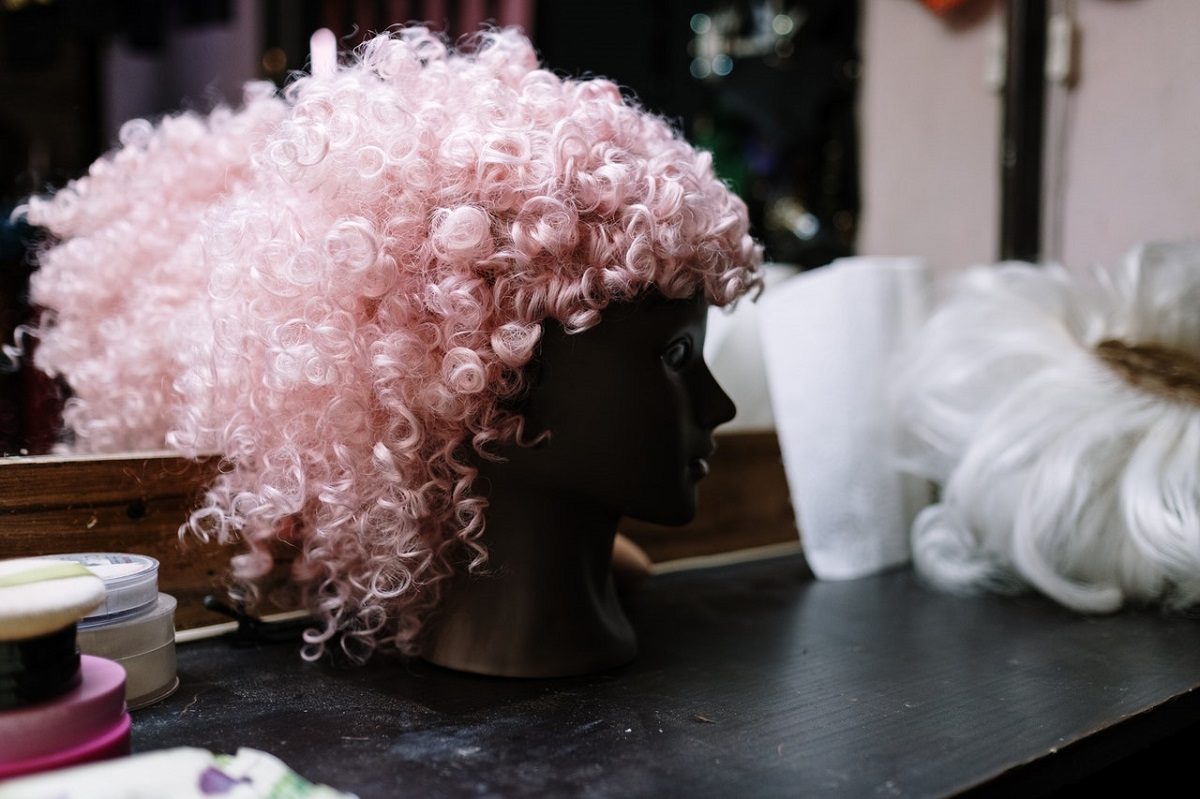It was none other than William Shakespeare who coined the word “wig” in one of his plays, The Two Gentlemen of Verona. It could be because, during this time, this hairpiece was incredibly popular, especially among the nobles and royalty.
However, the history of wigs dates back even before the time of the legendary English playwright. To appreciate the power, influence, and beauty of wigs, particularly across different cultures, is to trace their origins, prominence, the decline in popularity, and then resurgence.
It All Started with the Egyptians
The ancient Egyptians were vain. They were one of the earliest civilizations to understand the concept of and use makeup, although the reason isn’t just to make them look good but also to get protection from their gods. They also loved to take care of their hair.
However, hair maintenance then wasn’t as simple as applying some shampoo and conditioner or visiting a salon these days. It was tedious, and sometimes long hair could get in the way with work, not to mention become a breeding ground for lice.
Thus, many Egyptians preferred to shave their heads. In fact, both men and women in the upper classes chose baldness as a way of showing their social stature.
The problem is Egypt is a hot place, which means the scalp can get irritated from
exposed to high temperatures for prolonged periods. They need an alternative, and from their ingenuity and desperation, they produced the first types of wigs.
According to a study, one of the earliest discovered wigs dated back to 3400 BC, worn by a woman during her burial at Hierakonpolis. The kind of hairpiece they wore, however, depended on their social class. The rich could afford to weave wigs made from real hair, wool, and palm fibers.
In the meantime, ancient Rome and Greece had a different take on hair. For them, these are sacred, and so they preferred to keep their hair long. Sometimes they would use it as a sacrifice to their gods. Women also wore their hair long too, although they preferred to have it in braids.
This was until athleticism became popular, and men had to cut their hair short. Moreover, some men and women suffered from some form of baldness. Because having a shaved head was frowned upon, these individuals didn’t have any choice but to wear wigs to boost their self-esteem and hide their hair problems.
Enter the Middle Ages

The popularity of wig-wearing and making declined significantly during the Middle Ages. The reason: the church. Around this time, the influence of the religious was broad and strong, and so their words and canons often became the law of the land.
For the priests at that time, the style of the hair could help determine the social status, age, sex, and race of the person. Further, at least the Church of England remonstrated against long hair worn by the clergy.
Instead, it advocated for tonsure or the act of cutting or shaving a portion or much of the scalp as a symbol of humility. In turn, it castigated the wearing of wigs, calling it an evil act. Moreover, the church encouraged the women to cover their heads, particularly during masses, which lowered the demand for the hairpiece.
Thanks to Elizabeth I, the wigs became more prominent as the Middle Ages waned. Stories have it that the influential queen developed smallpox when she was young. As an effect, it left pockmarks, which she covered with white makeup, and thinning hair, which she hid with elaborate hairpieces.
The End of Wigs in France
Back then, wigs were a symbol of aristocracy with the likes of King Louis XIV preferring to wear them to hide his receding hairline. However, by the 1700s, this hairpiece became one of the sources of revolutions in the country.
During this time, Caen, France, experienced a shortage of flour because wig makers used them to powder the hairpiece. This tradition began with King Louis XIII who wanted to use the powder to conceal the smell and, gross, parasites that developed underneath and on the artificial hair.
But because flour became uncommon, the commoners could no longer bake bread. Thus, a riot began. It didn’t help that during this time, there was already a growing disdain against the aristocrats of the country.
Fortunately for the wigs, many Europeans already found their way to the United States around this time, and they brought with them certain customs including wearing the artificial hairpiece. While it took a while for Americans to embrace it, wigs were already a part of the modeling world as early as 1915.
Today, people wear wigs to enhance their look, cope with hair loss, or increase their self-esteem. It’s no longer about asserting social status. Nevertheless, looking back at its history, one cannot deny that these hairpieces possess power and influence all along.




